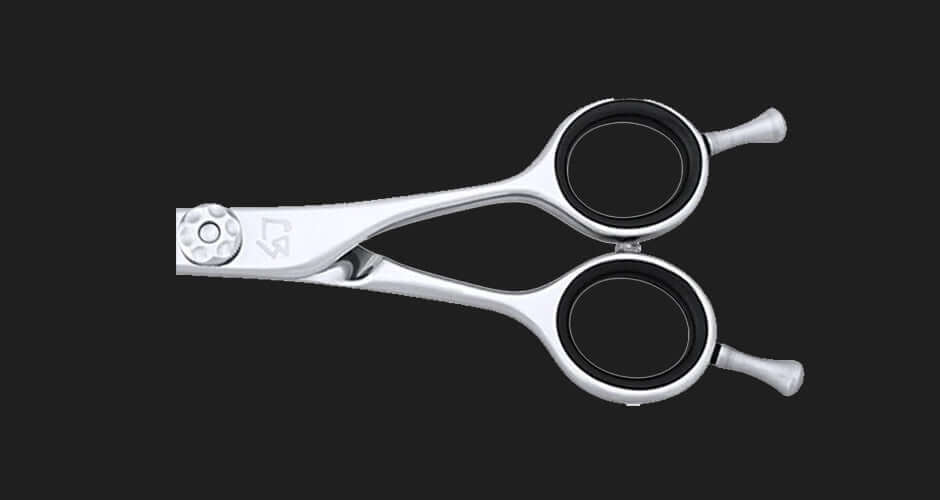"Smart Steps for Choosing Scissors"
Key Considerations When Choosing Hairdressing Scissors
1. Choose Your Cutting Technique
- First, decide on the main technique you'll use with your new scissors:
- Blunt Cut: For straight, clean cuts.
- Slide Cut: For softer, more textured cuts.
- Blunt Cut + Slide Cut: A mix of both techniques.
2. Pick the Right Blade Type
- Select a blade that suits your cutting style:
- Tyoku Ba (Straight Blade): Perfect for precise blunt cuts and chop cuts.
- Sasa Ba (Curved Blade): Ideal for slide and stroke cuts, allowing for easy hair release.
- Yanagi Ba (Slightly Curved Blade): Great for combining blunt and slide cuts, offering smooth and precise results.
3. Choose a Comfortable Handle
- Pick a handle design that suits your comfort:
- Symmetric Handles: Classic design with two aligned rings, also known as "glasses handles."
- Offset Handle: One ring is shorter and offset to reduce hand fatigue and improve efficiency.
- Crane Handle: A type of offset handle that lowers strain on elbows, shoulders, and arms—ideal for cutting while seated.
4. Determine the Scissors Length
- Scissors are measured in inches, typically ranging from 5.0 to 7.5 inches. Most hairdressers prefer around 6 inches. Longer scissors are often used for men's cuts or specific salon needs.

How to Choose ProfessionalHairdressing Scissors
1.Consulting Experts
Seek advice from scissors specialists. Providing information about your
clientele and cutting style will help them recommend the most suitable options.
2. Maintenance and Common Issues
Common Problems: Misalignment, dullness from improper maintenance, rust, and damage from exposure to moisture and chemicals.
Self-Maintenance: Regular cleaning and oiling to prevent rust and ensure smooth operation. Proper storage in a dry place to avoid damage.
Professional Sharpening: Have your scissors professionally sharpened regularly, at least once a year, to maintain their cutting efficiency.Column text content.
3. Choosing the right hairdressing scissors involves considering handle types, blade shapes, and length, along with hands-on testing and expert consultation. Proper maintenance and professional sharpening will extend the lifespan of your scissors, ensuring they remain an invaluable tool in your hairdressing kit.
Symmetric Handle
• The moving and still blades are lined up in the same position.
• There is a high degree of freedom in using it, and various cutting techniques can be used since the range of motion is wide vertically and horizontally.
• Because the thumb side is long, symmetric handles can be leveraged to cut powerfully.
• Although this type of shear is symmetrical, it is not recommended for ambidextrous use.

Offset Handle
• The thumb side is short.
• It is wonderful for beginners because it is easy to hold, open, and close.
• This style is recommended when wanting to use large scissors of 6.5" or longer because it fits the hand comfortably.

Finger Rest
The pinky rests on this spot. If there is a finger rest, the scissors are stable and easy to cut.

Column title
Column text content

Hump (Camel Back)
Scissors with a hump increase the stability further. Like the finger rest, the hump differs depending on personal taste, so it does not affect the quality of the cut.


Crane Handle
The Crane Handle is bent more than a standard offset. Hairstylists can use it easily without raising the elbow, but the range of haircutting techniques is considerably narrowed.
3D Type Handle
A 3D handle adds a twist to the thumb and finger holes. The scissors fit the fingers to give a sense of stability.



